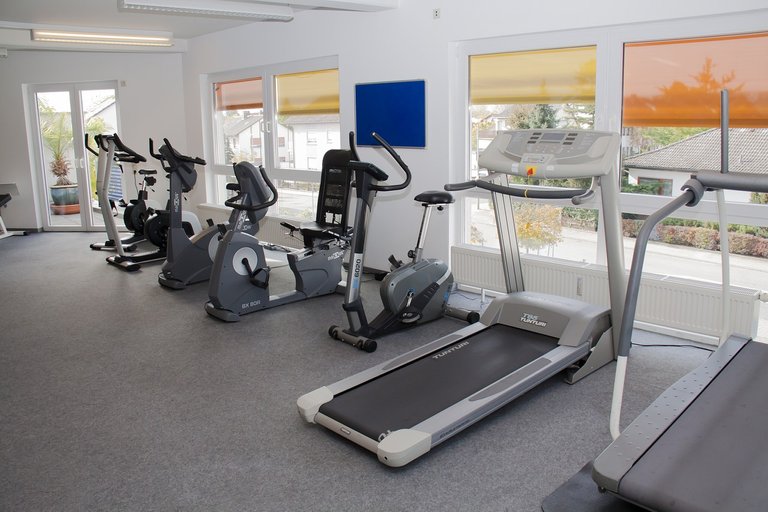Everybody knows hedonic adaptation. Better known as the hedonic treadmill, this is our natural inclination to quickly get accustomed to things around us. It’s typically used to explain how we humans run toward a new source of pleasure only to find the happiness it brings is temporary and we remain stuck in place.
First discussed in a 1971 essay by two psychologists named Brickman and Campbell, the metaphor of the hedonic treadmill was created by Michael Eysenck several decades later. It’s a vivid metaphor for our times: many of us hope for happiness by grabbing for the next rung on the professional ladder or getting a new toy (maybe an actual treadmill). Yet these things don’t really bestow happiness that lasts.
We might feel happier for a brief time--for a brief spell, you might say, but soon the spell starts to wear off--and we’re left feeling basically the same as we did before. So we take another step on the treadmill and repeat.
After swinging up or down, we return to a set point. This is our natural level of happiness. This is where we’re predisposed to live and breathe based on factors like genes and personality.
Many people interpret this negatively, seeing in it a kind of life sentence for any chance to increase their level of happiness. But this is incomplete. Far from being a life sentence, the default set point you have due to your genetics is not at all the only thing that matters.
It’s true there are some externals in society beyond your control. Still, you can choose to change a lot of the things around you to maximize your chances of raising your set point--and keep it that way.
The simplest is resolving to be positive. We get into mental grooves with the pattern of our thoughts, and starting to carve a new groove in your mind, so to speak, is an obvious place to begin and a solid foundation to build on. As well, focus on gratitude.
Many such things revolve around nursing the connection between mind and body, like exercise, sleep, meditation, and yoga.
Doing what you can to maximize relationships and find meaning in life, concisely put, is how you can raise your set point.
It’s very important to understand the basic concept of the hedonic treadmill. Not knowing what it is and never getting away from the continual chase after the newest object of their desire costs people a great deal of satisfaction in life. Pretty much every book relating to psychology and better living that I’ve read recently mentions it at least once.
While getting exercise on an actual treadmill might be a great thing to help you raise and maintain a high set point, keep in mind that the hedonic treadmill is one to avoid.
